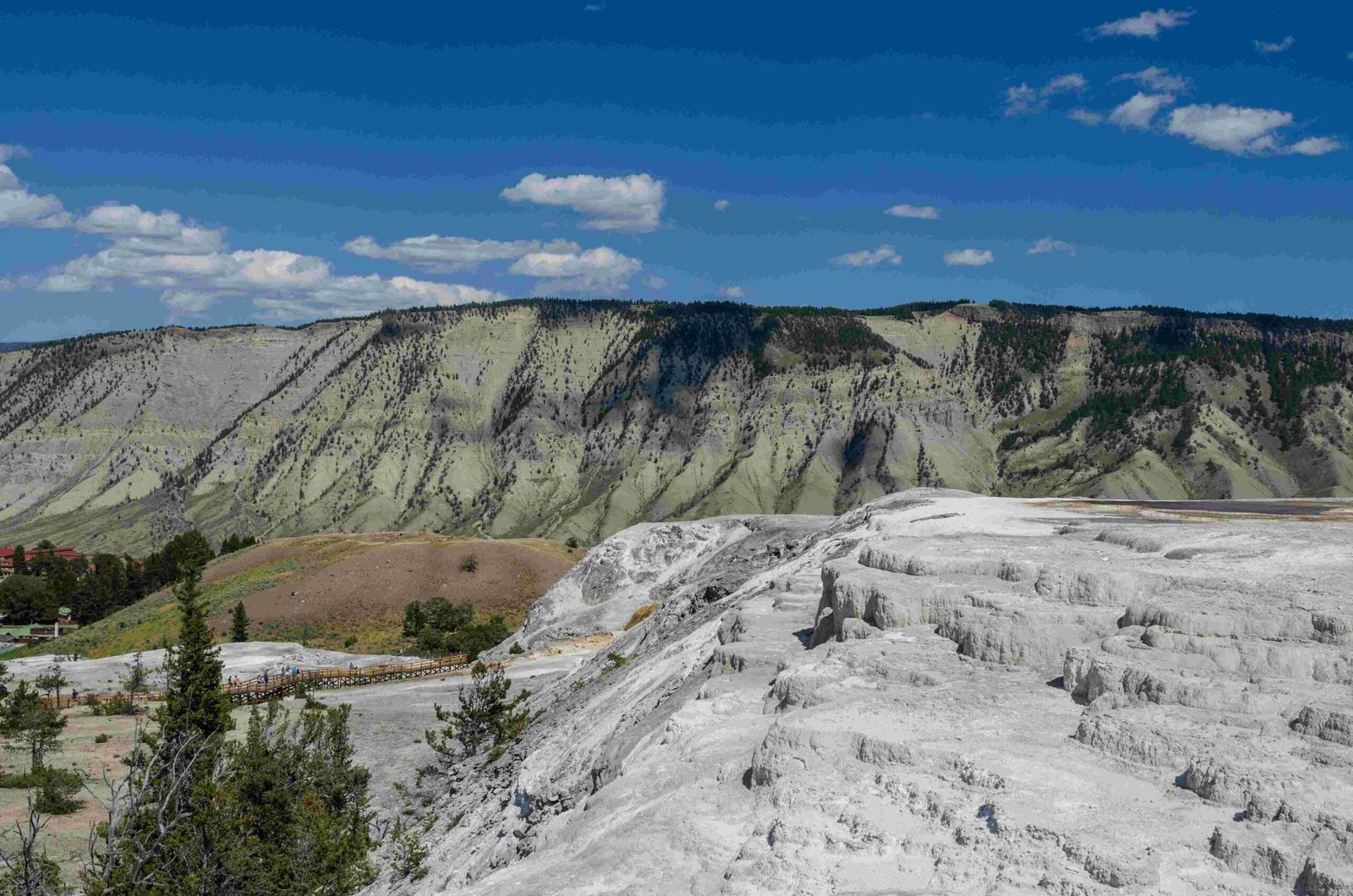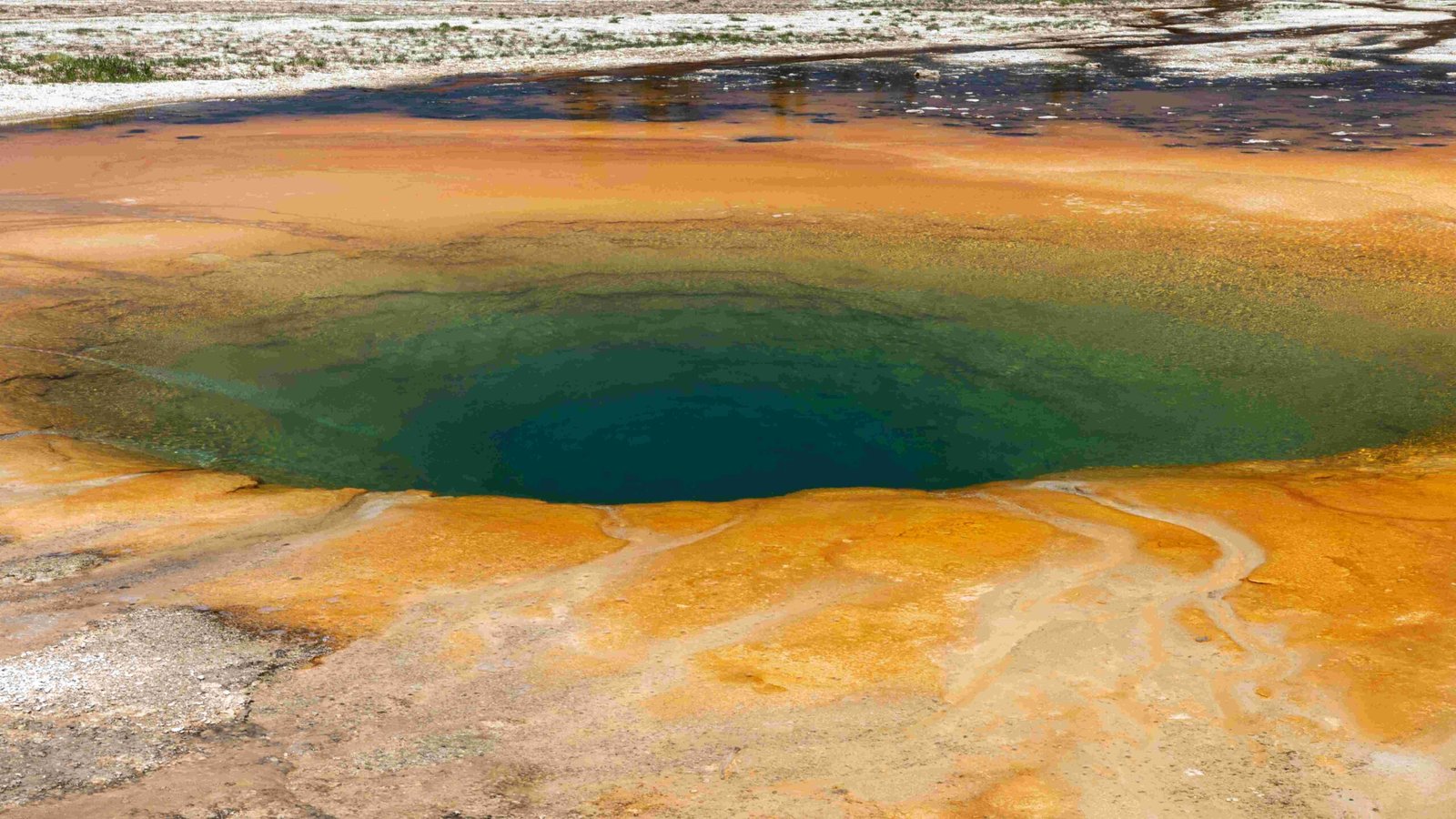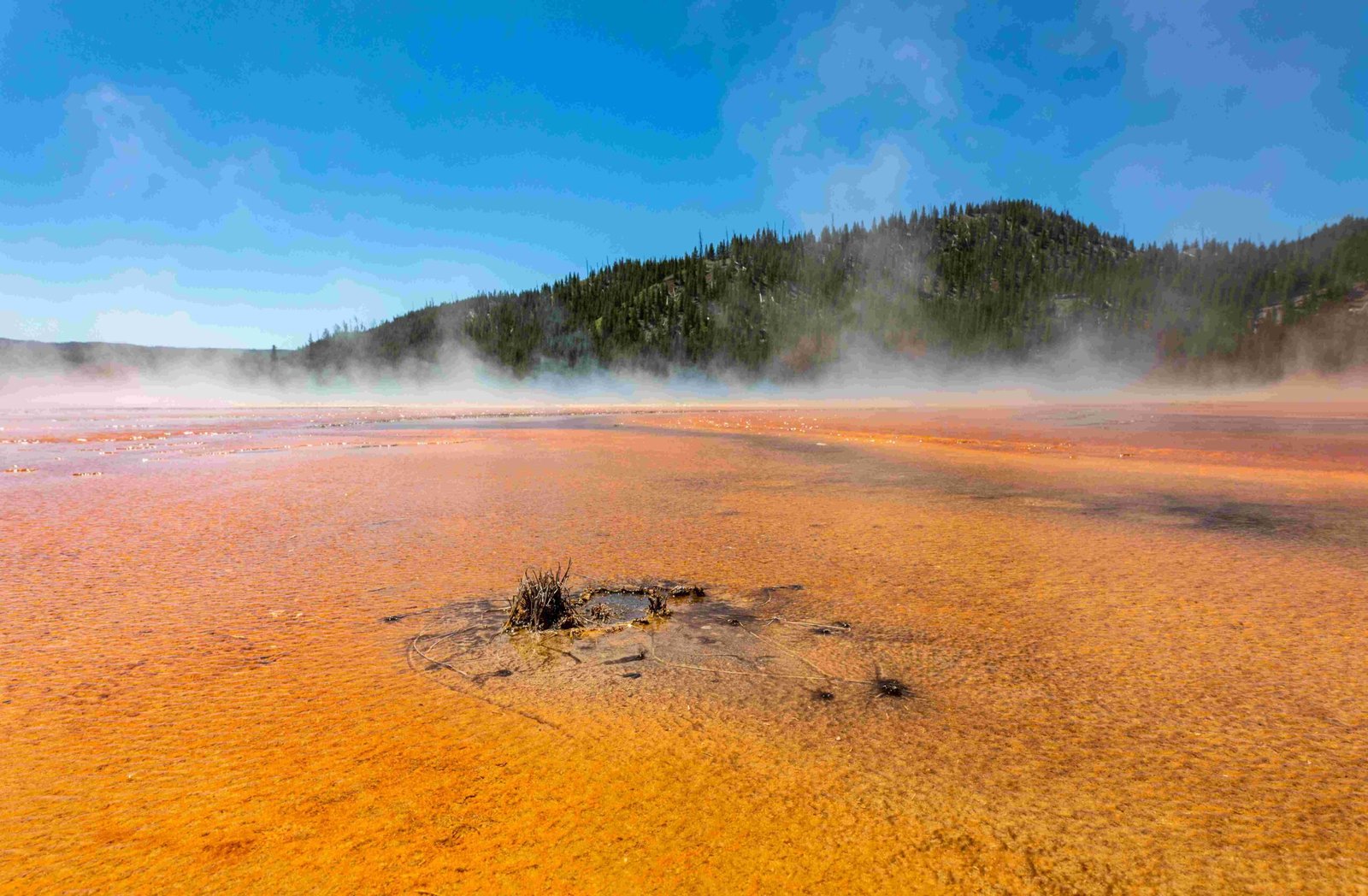Yellowstone National Park is a wildlife enthusiast’s paradise, boasting a diverse array of animals in their natural habitats. This comprehensive animal checklist serves as an essential guide for visitors, detailing the various species you can encounter, their preferred locations, and the best times to spot them. From majestic mammals like grizzly bears and wolves to elusive birds and small creatures, this checklist covers it all, ensuring you make the most of your wildlife viewing experience in America’s first national park.
What Animals Can You Expect to See in Yellowstone?

Yellowstone National Park is home to an incredible variety of wildlife, including:
- Large mammals (ungulates):
- Elk
- Bison
- Moose
- Bighorn Sheep
- Mule Deer
- White-tailed Deer
- Pronghorn
-
Mountain Goats
-
Predators:
- Grizzly Bears
- Black Bears
- Wolves
- Mountain Lions
- Coyotes
- Bobcats
- Canada Lynx
-
Wolverines
-
Small mammals:
- Badgers
- Otters
- Foxes
-
Weasels
-
Birds:
- Waterfowl (e.g., Snow Geese, Wood Ducks)
- Meadow and Forest Birds (e.g., Warblers, Sparrows)
- Birds of Prey (e.g., Bald Eagles)
Where Are the Best Locations for Wildlife Viewing?

Yellowstone offers several prime locations for wildlife spotting:
- Lamar Valley: Known as the “Serengeti of North America”
-
Best for: Wolves, elk, bison, and bears
-
Hayden Valley:
-
Excellent for: Grizzly bears, wolves, and elk
-
Mammoth Hot Springs:
-
Good for: Elk and bison sightings
-
Yellowstone Lake:
- Ideal for: Otters and various waterfowl
When Is the Peak Season for Wildlife Sightings?
Different seasons offer unique wildlife viewing opportunities:
- Spring:
- Bears emerging from hibernation
- Baby animals being born
-
Birds returning for migration
-
Fall:
- Elk during rutting season
-
Bison during mating season
-
Year-round:
- Early morning and late evening are generally best for most wildlife
What Are the Best Practices for Animal Spotting?
To ensure a safe and enjoyable wildlife viewing experience:
- Maintain safe distances:
- 100 yards (91 meters) for bears and wolves
-
25 yards (23 meters) for other wildlife
-
Use appropriate equipment:
- Binoculars
-
Telephoto lenses
-
Follow park regulations:
- Do not approach or disturb wildlife
- Use designated parking areas and roadside pullouts
How Can Guided Tours Enhance Your Wildlife Viewing Experience?
Guided tours offer several benefits:
- Expert knowledge
- Access to less crowded areas
- Increased chances of spotting elusive species
Tour Options:
- Yellowstone Bear World:
- Drive-through wildlife park experiences
- Cost: $20 to $50 per person
-
Open: April to October
-
National Park Service Guided Tours:
- Various wildlife-focused tours
- Cost: Free to $100 per person
- Schedules vary by season
What Should You Include in Your Yellowstone Wildlife Checklist?
Here’s a comprehensive checklist to help you track your wildlife sightings:
| Category | Species | Best Viewing Location | Peak Season |
|---|---|---|---|
| Ungulates | Elk | Mammoth Hot Springs, Gibbon Meadows, Lamar Valley | Fall (September to mid-October) |
| Bison | Various areas | Year-round (mating in July-August) | |
| Moose | Willow areas, aquatic vegetation | Year-round | |
| Predators | Grizzly Bears | Hayden and Lamar Valleys | Spring and Fall |
| Wolves | Lamar and Hayden Valleys | Year-round | |
| Black Bears | Forested areas | Spring and Fall | |
| Small Mammals | Otters | Yellowstone Lake, Trout Lake, Madison River | Year-round |
| Foxes | Various habitats | Year-round | |
| Birds | Bald Eagles | Near lakes and rivers | Year-round |
| Snow Geese | Various locations | Spring and Fall migrations |
Remember to respect wildlife and their habitats while enjoying your Yellowstone adventure. Happy wildlife spotting!

